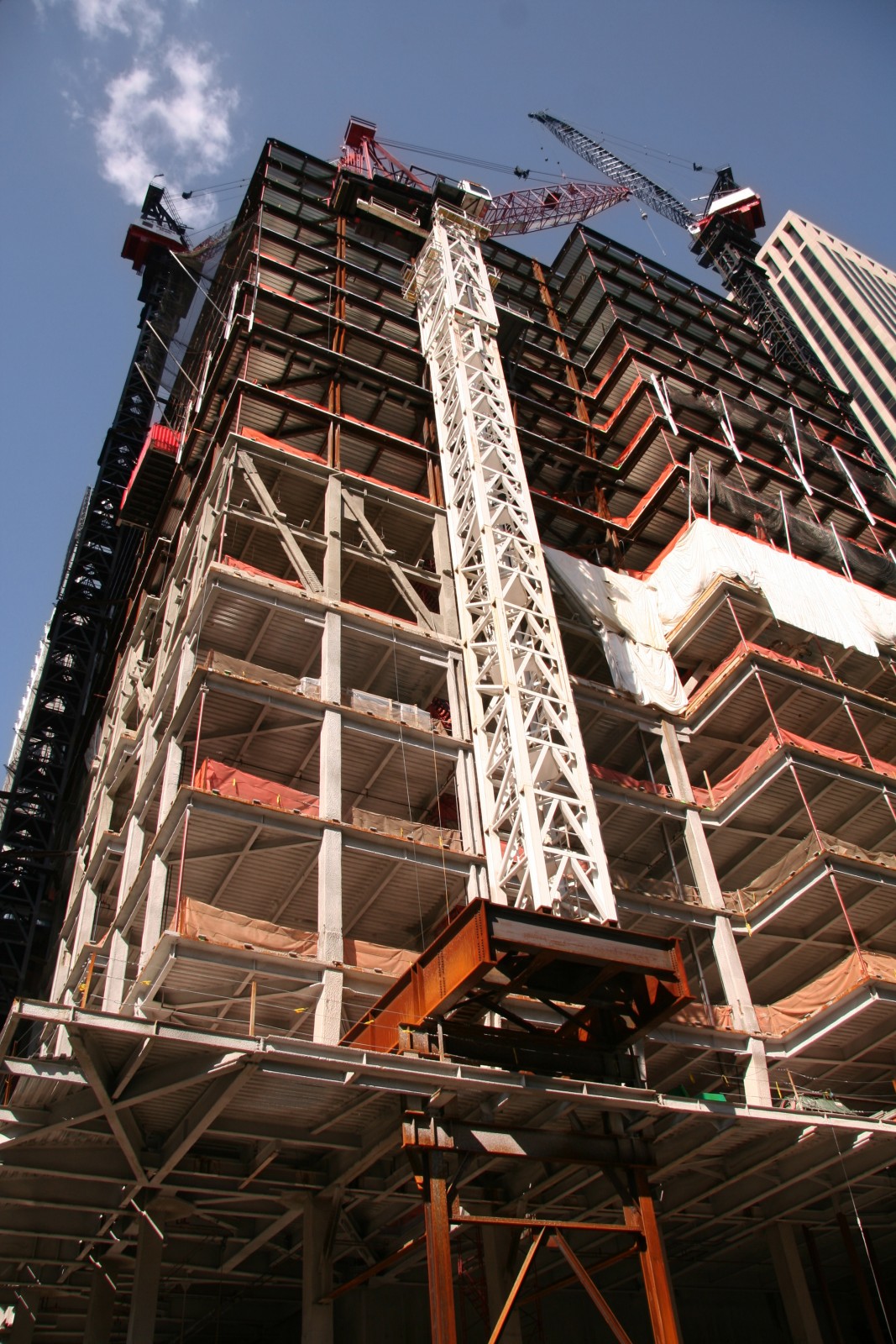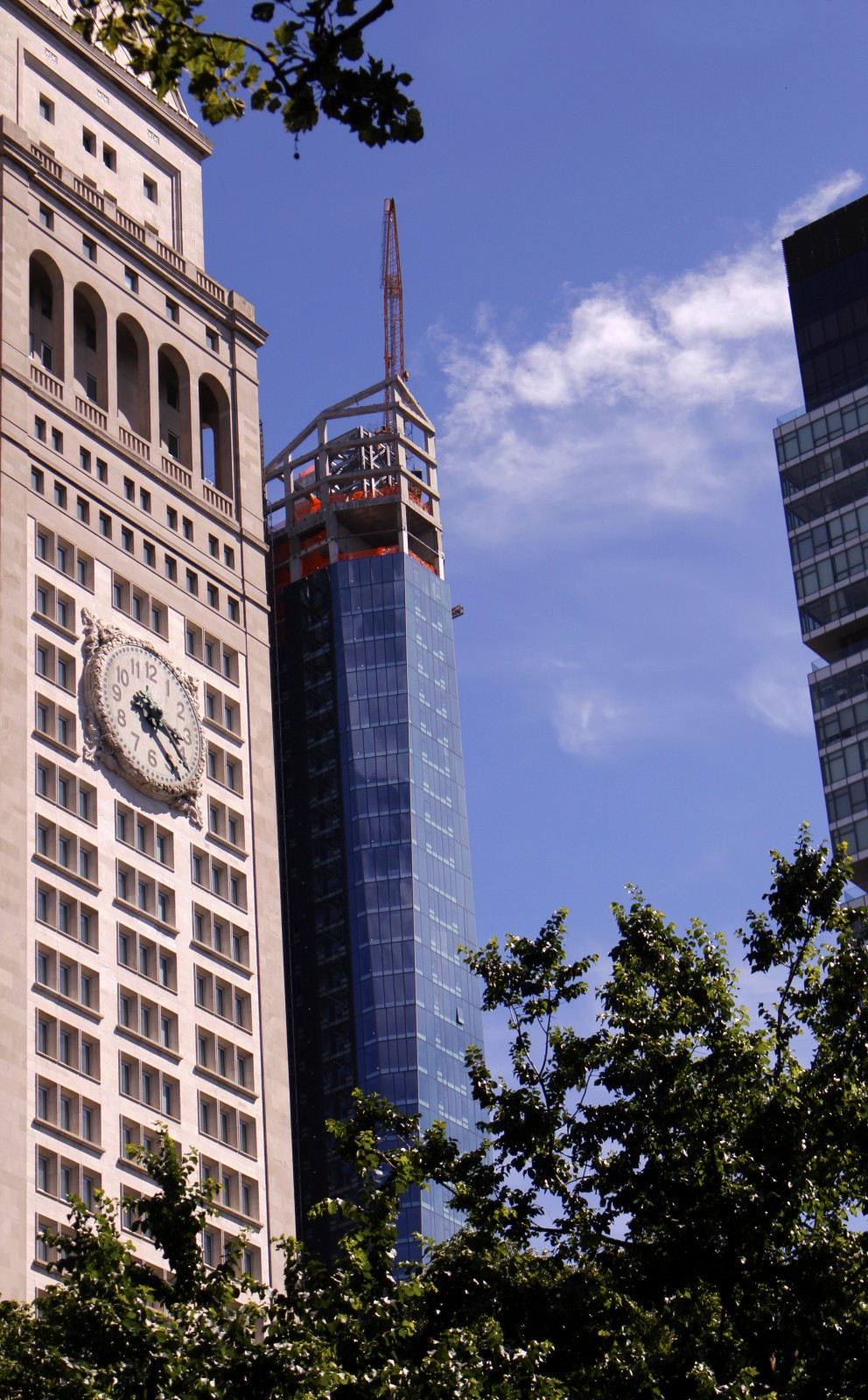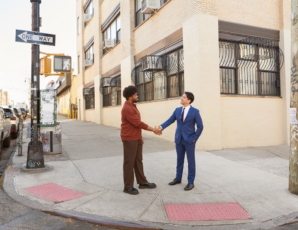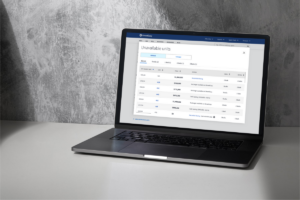A huge part of New York City real estate is the constant stream of new development. Whether it is ground-up new construction or a conversion of a rental building, it seems like new apartments become available every day. A good NYC broker should constantly be aware of new development inventory to be effective. It’s equally important to understand how these sales come to market and the sales process that follows. Here’s how:
Study the Market
A quick search online and any broker can quickly come up to speed on any and all new developments. There are updates and coverage across multiple websites and it wouldn’t take long for someone to see what types of projects are coming down the pike. Do a buildings search on our site and you will see NYC buildings that are new development. Also, several websites regularly publish helpful maps of up-and-coming new development. You can never know every building intimately, but start out by absorbing general knowledge about this market.
 In addition to learning what’s coming up for sale in new construction across any neighborhood, you can start to learn pricing and average prices per square feet across the neighborhoods and boroughs. Pricing is the most important component to new construction and price per square feet is the language a good broker needs to know. Even before a developer releases pricing, top brokers can speculate — based on past sales — what type of pricing to expect for a new building.
In addition to learning what’s coming up for sale in new construction across any neighborhood, you can start to learn pricing and average prices per square feet across the neighborhoods and boroughs. Pricing is the most important component to new construction and price per square feet is the language a good broker needs to know. Even before a developer releases pricing, top brokers can speculate — based on past sales — what type of pricing to expect for a new building.
Go See New Construction Properties
For the most part, when new developments come to market, their releases are tightly monitored and not just anyone can get inside without a qualified buyer ready to sign a contract. But you can always count on a broker launch party at some point in time. These parties are a great opportunity because walking through a finished model apartment is the simplest way to see the product, finishes, fixtures and features. Each new development will have a different look and feel or shtick and a successful broker will have encyclopedic knowledge of each new development over time.
Why Tour New Construction?
Knowing the inventory is our business. People in New York City love to talk about real estate and you never know when you will meet your next client. In social settings people like to ask brokers if they’ve seen the buildings they’ve read about. If you don’t know them or haven’t seen them, it’s a potential missed opportunity. Brokers who meet consumers at an event have one shot to make a first impression. If you know and can speak to a building they mention, you have an immediate leg up. Brokers need to know what is selling, where and for how much. It’s incredibly powerful to be able to speak to pricing, finishes and fixtures on the fly. You can’t do this without studying the market.
Understand the Sales Process
Unlike a resale, where there is one apartment to sell and one time to sell it, a developer needs longer-term pricing and a marketing strategy. Though there may be over 100 apartments to sell, they are never all available at once. The sponsor of the development will release the apartments in small phases, mainly to control the process and to test the product on the market. They must also document the apartments they release with the state via the sponsor’s offering plan. They can’t officially offer an apartment for sale without amending the offering plan. In good markets, expect the prices to rise as apartments sell quickly and the sponsor releases more. In slower markets, expect that the apartments will be held back from the market as long as possible.

The glassy tower of 45 East 22nd is rising to completion. (Photo by Haley Schwartz).
Buy Off Floor Plans
Rarely will buyers have the opportunity to walk through the unit prior to making an offer. Instead, they’ll need to make a decision off floor plans, renderings and walking through a model apartment. Buyers need to know this going in. As a matter of fact, some international buyers will make their purchase decision remotely, simply off the location and online marketing. Purchasing new construction, particularly in NYC, is less touchy feely, more impersonal and all a numbers game. In strong markets, decisions need to be made instantly and waiting just one day can cost the buyer thousands of dollars. How? Because once a phase sells out, pricing for the second phase could be as much as 10 percent higher.
Be the First In?
The first buyers tend to take on the biggest risk, but they can also reap the highest reward in strong markets. Often, once the building receives its certificate of occupancy and is ready for closings, the prices have risen as much as 20 percent, not only because of increased demand for the building but also because of an improving real estate market. Don’t forget that it could be up to two or three years from the time the first deal is made, until the building is ready to close. A lot can happen in that time. But it can go both ways. Back in the days of the credit and banking crisis, buyers of new development homes walked away from their deposits, unable to stomach being unable to get a mortgage or not wanting close on a purchase in a declining market.
Related:







